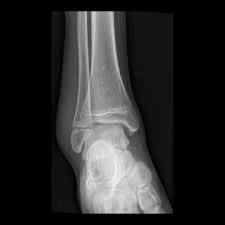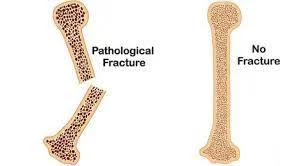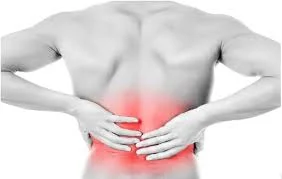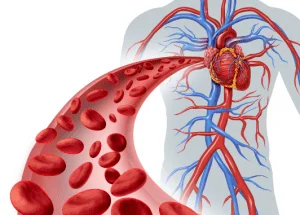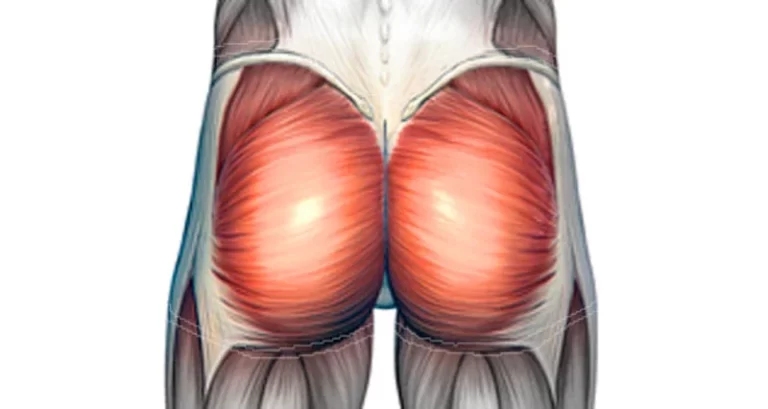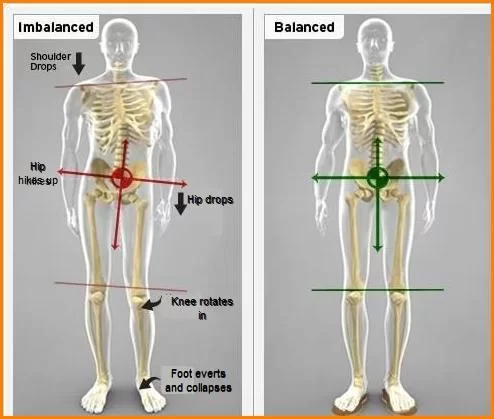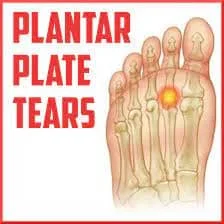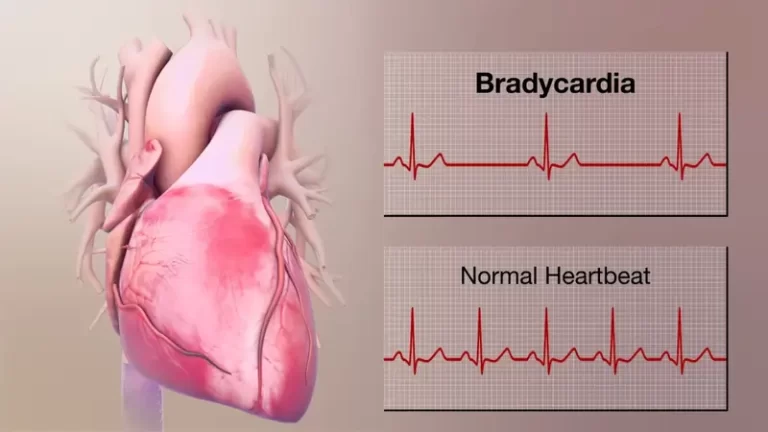Chronic Cough Home Treatment
Introduction A cough that lasts four weeks for children and eight weeks or longer for adults is considered a chronic cough. A persistent cough is more than just a bother. A persistent cough can keep you up at night and drain your energy. Prolonged and severe coughing fits can result in nausea, dizziness, and even…



